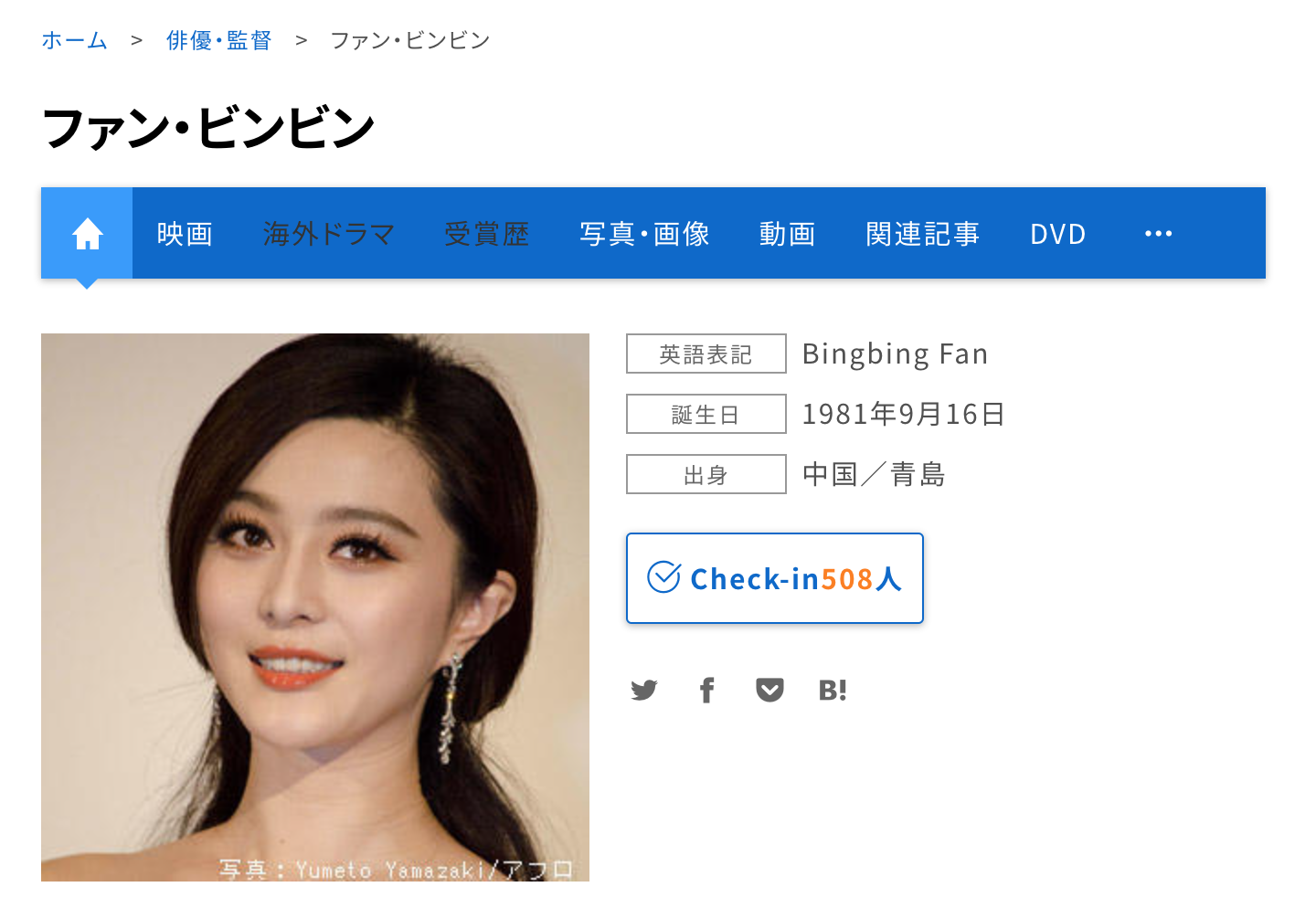By Tina Lieu
In a previous blog post, we looked at the Basics of Japanese Names: How They Are Chosen, Written, and Read. This post focuses on the challenges of name matching in Japanese, both for transliterating names of Japanese origin to English and Japanese transliterations of names from English, Chinese, and Korean.
Transliterating Japanese Names to English
The good news is that names of Japanese origin written in Japanese that are then transliterated to English characters are fairly consistent in spelling, as the majority use one of two transliteration standards: Hepburn or Kunrei. Hepburn — created by American missionary James Curtis Hepburn — prioritizes ease of pronunciation for American English speakers (the most used standard in English). Unfortunately, Hepburn deviates from the underlying logic of the Hiragana syllabic alphabet used in Japanese.
Kunrei — created by the Japanese government and taught in Japanese schools — prioritizes the logical mapping of Hiragana characters to English letters, so there are small differences in how a few characters are transliterated.
In the context of name matching, both systems introduce ambiguity in a few specific cases where it’s not clear what Japanese character is being represented by the Romanization, thus making round-tripping from Japanese to English and back to Japanese difficult.
The characters じ and ぢ map to “zi,” and ず and づ map to “zu.” So without cultural knowledge, one would not know that the “zu” in the given female name Azusa is written with a づ (which is less common in Japanese writing overall) than a ず.
Still, this is the most straightforward case of mapping names of Japanese origin written in Japanese to the name written in English (aka, Latin) characters.
Foreign Names in Japanese
The much more difficult case is how Japanese transliteration of foreign names (not of Japanese origin) are written in Japanese. These names fall into two categories: those written in Chinese ideographs (such as Chinese Hanzi and Korean Hanja), and those written in other scripts entirely (Korean Hangul, Latin, and Arabic, for example).
As a reminder, two Japanese syllabary alphabets, Hiragana and Katakana, are purely phonetic. They represent the same 46 syllables, with no meaning attached to any character. In general, Hiragana is used for Japanese words and Katakana is used for borrowed words from other languages.
Japanese Transliteration of Chinese Names
In languages where names are written using ideographs, such as Chinese, there are a few issues to overcome in name matching.
- The Chinese name characters are rewritten using the equivalent characters in Japanese, which may differ in appearance from a little to a lot.
- According to a 1972 treaty between Japan and China that normalized their relationship, the Japanese write Chinese names in the Japanese-equivalent ideographs (i.e., Kanji) and base the pronunciation on their pronunciation of the Kanji characters.1
- Since 2002, newspapers started printing the Chinese pronunciation of the Chinese name when using Japanese Katakana. (Asahi Shimbun was reportedly the first newspaper to do so.2)
- The Japanese transliteration may differ from writer to writer, even for names of relatively famous people.
Consider the case of Chinese politician Xi Jinping, who writes his name in simplified Chinese script as 习近平.
IN SIMPLIFIED CHINESE | IN JAPANESE KANJI | |
|---|---|---|
| Xi Jinping (Chinese Pinyin romanization) | 习近平 | 習近平 |
| Chinese-pronunciation-based Japanese transliteration | シージンピン “shii jinpin” or シーチンピン “shii chinpin” | |
| Japanese-pronunciation-based Japanese transliteration | シュウキンペイ “shuu kinpei” | |
In Japanese newspapers, the Chinese pronunciation of the characters written in Japanese Katakana will often accompany the Kanji characters, either above the Kanji or in parentheses following the Kanji.

“China’s Xi Jinping” as seen in yomiuri.co.jp, with pronunciation given as “Shii Jinpin.”
But in other contexts, his name is written as シーチンピン (Shii Chinpin) by CNN Japan.
中国の習近平(シーチンピン)国家主席
Xi Jinping’s name in CNN Japan is rendered as シーチンピン (“Shii Chinpin”).
When both the Chinese characters and pronunciation are given, there are more clues, but in some cases the Chinese is dropped in favor of just the Japanese transliteration of the Chinese pronunciation.
The Chinese actress Fan Pin-Pin is mentioned in this Japanese Newsweek article with the Kanji and the Chinese pronunciation given in Katakana.
范冰冰(ファン・ビンビン)
On eiga.com, though, just the Chinese pronunciation is rendered in Japanese Katakana. This can be quite confusing since Chinese pronunciations (in which tonal inflection changes a word completely) do not often map nicely to the more limited set of Japanese sounds.
Often, when the Chinese ideograph characters are missing, it is difficult for even native Japanese speakers to recognize famous Chinese historical figures or places mentioned in the news because the school textbooks gave the name in Chinese ideographs, with the pronunciation based on Japanese Kanji.
This is an example of the pronunciation-only listing of a Chinese celebrity (without Kanji). Source: https://eiga.com/person/85005
Korean Names in Japanese
Korean names are similar to Japanese names in that there are many homonyms. Therefore, one name can be written many ways. Korean uses two scripts: Hangul, a phonetic alphabet created by King Sejong in the 15th century to increase literacy; and Hanja, borrowed Chinese ideographs (similar to Japanese Kanji.)
One example is the name Soojin, which is given to boys and girls and can be written as follows:
- In Hangul as 수진
- In Hanja as 收眞, 壽珍, 蓚溱 or 秀珍 (and many other ways).
There are 67 Hanja with the reading “soo” and 48 Hanja with the reading “jin” on the South Korean government’s official list of Hanja, from which a baby’s name may be chosen.3
No treaty exists between Japan and South Korea to mandate how to handle Korean names in Japanese text. Furthermore, while most Koreans have a Hanja name, it’s very common to see names written only in Hangul in more casual settings, like the internet
A review of major Japanese news outlets shows various ways of handling Korean names, such as that of South Korean president Yoon Suk-yeol.
1. Japanese transliteration ユン・ソンニョル (“yun son’nyoru”) with name in Kanji
- From NHK: 韓国のユン・ソンニョル(尹錫悦)大統領は、就任後初めてとなる演説で
- From Nikkei: 韓国の尹錫悦(ユン・ソンニョル)新大統領は、日韓関係の修復を重視。
- From Asahi: 10日に韓国の大統領に就任した尹錫悦(ユンソンニョル)氏(61)は政治経験がないまま、国政のかじ取りを担うことになった。
- From Sankei: 3月の大統領選で勝利した韓国の尹錫悦(ユン・ソンニョル)新大統領が10日、正式に就任した。
- From Mainichi: 韓国で保守系政党「国民の力」の尹錫悦(ユン・ソンニョル)氏(61)が10日、大統領に就任した。
2. Japanese transliteration ユンソクヨル (“yun sokuyoru”) with name in Kanji
3. Japanese transliteration ユン・ソギョル (“yun sogyoru”) with name in Kanji
- From NHK: 9日投票が行われた韓国大統領選挙は、保守系の最大野党「国民の力」のユン・ソギョル(尹錫悦)氏
- From BBC Japanese: 9日に投開票が行われた韓国の大統領選挙で、接戦の結果、野党「国民の力」候補の尹錫悦(ユン・ソギョル)氏が選ばれた。
- From Reuters Japan: 岸田文雄首相は10日、韓国次期大統領に保守系最大野党の尹錫悦(ユン・ソギョル)氏が選出されたことに対し、
4. Kanji name alone
- From Yahoo! Japan News: 韓国大統領候補となった尹錫悦氏
Japanese Transliteration of Foreign Names in Other Scripts
For names in Arabic, Latin, and other scripts, Japanese switches to using only Katakana, which approximates the names as they are pronounced in the person’s native land. Thus, an Italian name would be transliterated to follow the Italian pronunciation as closely as possible (as opposed to the English pronunciation).
For example, the Italian city called “Florence” in English is written as フィレンツェ (“fee-ren-tsay”), which is close to the original Italian “Firenze.”
The Korean actor 이선균 is written as イ・ソンギュン (“ee-son-gyun”) in Japanese, whereas in English it is fairly different as “Lee Sun-kyun.”
Still, as in all cases of transliteration, the imperfect mapping of sounds from one language into Japanese — which has a relatively limited range of sounds — is tricky.
Variations in Katakana Spellings
The length of vowel sounds may be interpreted differently from person to person. Thus, the place name “Bermuda” could reasonably be written three different ways:
- バーミューダ (baamyuuda)
- バミューダ (bamyuuda)
- バーミューダー (baamyuudaa)
The Italian city Venice (Venizia in Italian) is commonly written as:
- ヴェネツィア (venetsia)
- ベネチア (benechia)
- ベニス (benis) – clearly influenced by the English pronunciation
Variations from Modern Transliterations to Katakana
Handling sounds like “v” as in “violin” or “Venezia,” which don’t exist in Japanese, used to be handled with the “b” sound as in バイオリン (baiorin). A more modern rendition ヴ (ウ with dakuten) is a combination that didn’t previously exist and does not even show up in the transliteration standards. ヴ is used today to indicate the “v” sound to produce ヴァイオリン (vaiorin).
Conclusion
Looking at how the Japanese choose to represent Korean and Chinese names is like a microcosm of history among these countries, which share a linguistic heritage in borrowed Chinese ideographs. The subject of foreign names in Japanese combines politics, personal opinions, and practicality. These complexities underscore how important it is to have an understanding of the cultural, historical, and linguistic influences of foreign names written in Japanese when approaching the challenge of name matching.
End Notes
1. 1304th NHK Vocabulary Committee (Tokyo) “Reconfirmation of China’s Place and People Names,” published in Hoso Kenkyuu to Chosa (Broadcasting Research and Survey), March 2008. www.nhk.or.jp/bunken/summary/kotoba/yougo/pdf/037.pdf2. 周 来友(しゅう・らいゆう “日本の皆さん、習近平は「シー・チンピン」でなく「しゅう・きんぺい」でお願いします” June 30, 2021, Newsweek Japan (Shu Raiyu “Dear Japan, for 習近平 please write Shu Kinpei, not Shii Chinpin”). www.newsweekjapan.jp/tokyoeye/2021/06/post-73_2.php
3. en.wikipedia.org/wiki/Soo-jin Photo credit: Name seals displays for sale in Japan by Photocapy. This file is licensed under the Creative Commons Attribution-Share Alike 2.0 Generic license.





